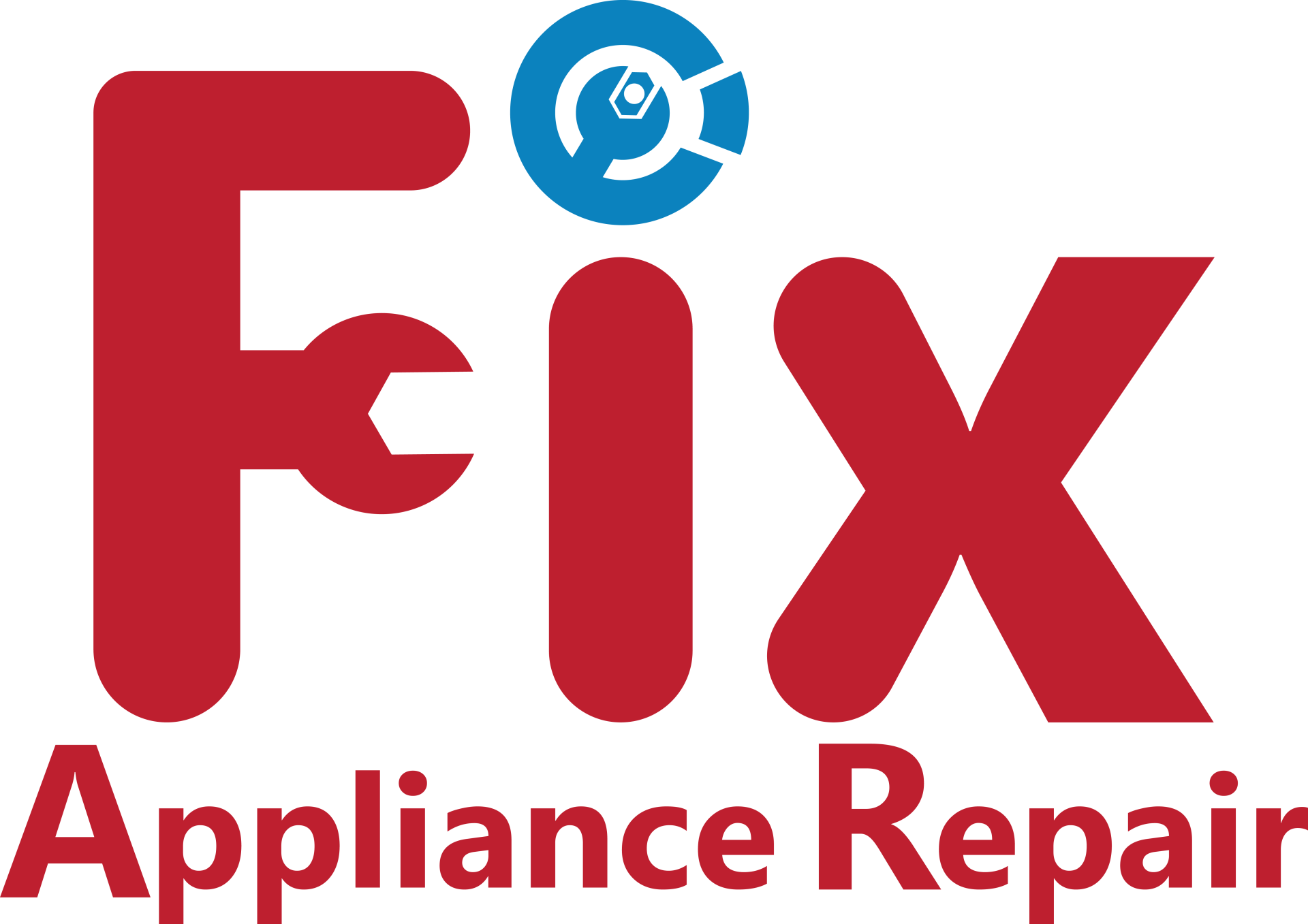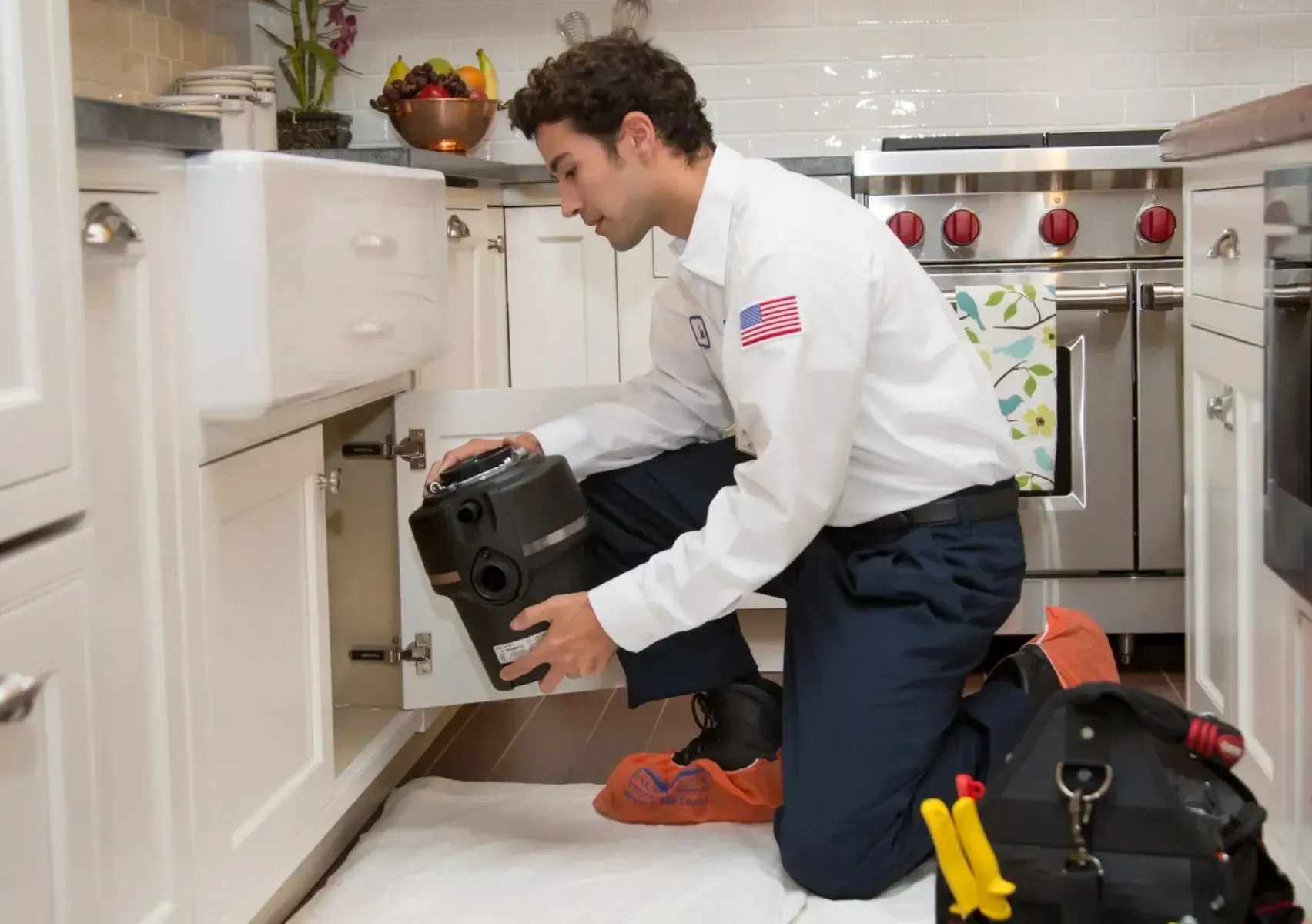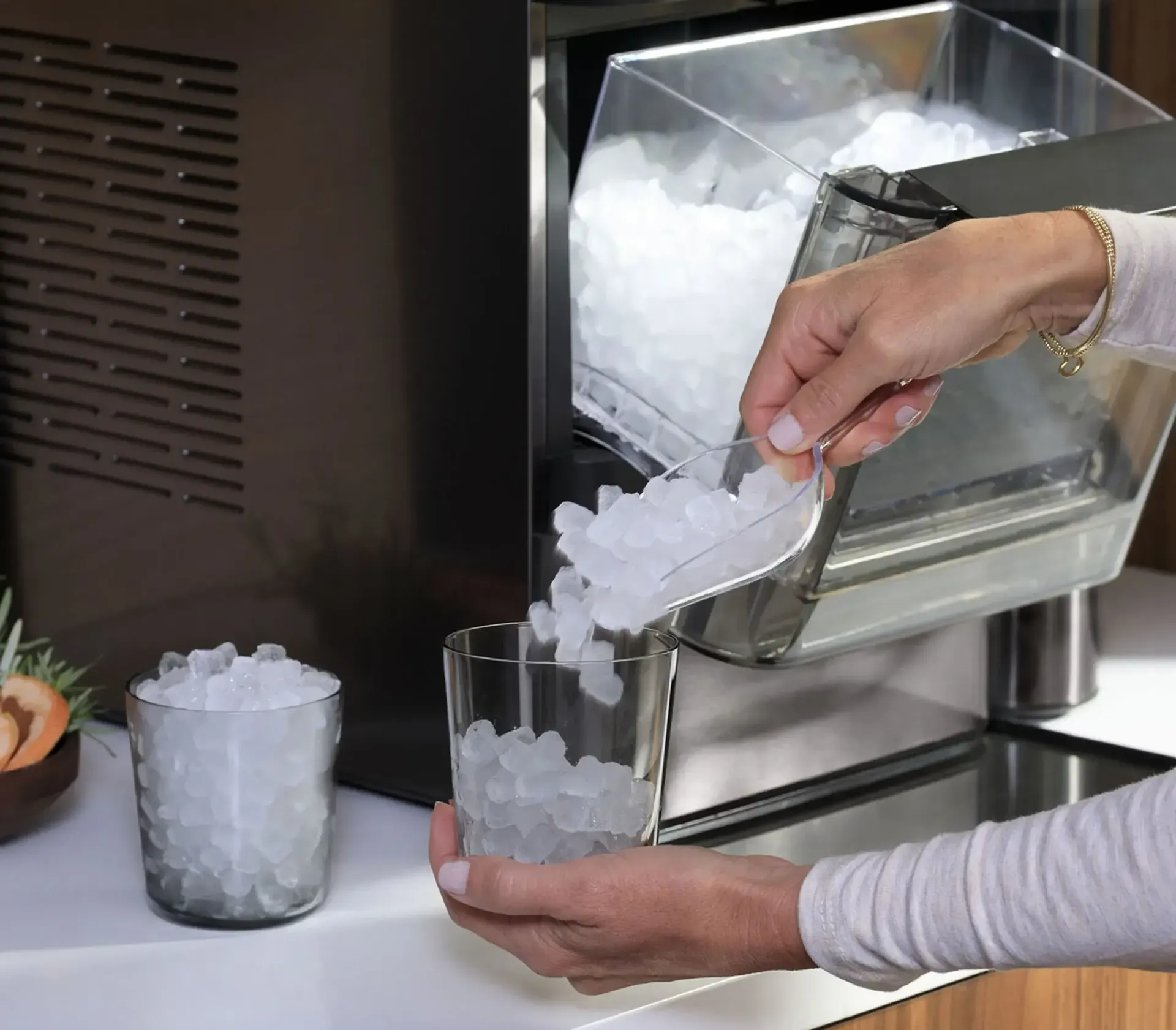Fix Appliance Repair is an expert in appliance repair and recognizes the value of maintaining a refrigerator's functionality. We acknowledge that even in situations when professional repair services are available, many customers would prefer to do little repairs themselves in order to save time and money. In this in-depth video, we'll go over typical refrigerator issues, safety measures, and step-by-step solutions to help you competently handle do-it-yourself refrigerator repairs.
We'll look at various troubleshooting techniques to help you find a range of problems, such as a malfunctioning ice maker or an oddly warm refrigerator. Whether the issue is with a broken door seal, a clogged condenser coil, or an inoperable thermostat, our goal is to arm you with the knowledge and skills necessary to resolve them. It takes extreme caution to work with any item, even refrigerators. To ensure that you approach every repair work with confidence and comfort, we'll emphasize safety precautions heavily throughout this course.
You'll be able to complete each repair step with ease thanks to our clear instructions and thorough pictures.No matter how experienced you are with do-it-yourself projects, our manual is appropriate for all skill levels and provides clear directions at every step. Fix Appliance Repair aims to give individuals the knowledge and resources they need to maintain their appliances correctly. Come discover the world of do-it-yourself refrigerator repairs with us, and begin overseeing the maintenance of your appliances immediately.
Understanding Common Issues:
Refrigerators can have a number of problems, from excessive noise to inadequate cooling. Before implementing any fixes, it is imperative to accurately identify the issue. Several such issues are as follows:
- Inadequate Cooling: Your refrigerator may be experiencing difficulties in maintaining the right temperature due to a faulty thermostat, condenser coils, or evaporator fan.
- Excessive Frost: The interior buildup of ice in the freezer might obstruct ventilation and cooling. Often the cause of this is a malfunctioning defrost heater or a fractured door gasket.
- Water Leakage:The issue might be caused by pools of water within the refrigerator, a broken water supply line, or an issue with the water intake valve.
- Noisy Operation: One of these components may be the cause of an odd noise, such as buzzing, rattling, or grinding, or it might be the compressor, defrost timer, evaporator, or condenser fan malfunctioning.
Safety Precautions:
When performing any do-it-yourself work, safety should always come first. Observe the following vital safety precautions:
- Unplug the refrigerator:Before doing any repairs, always cut off the power source to prevent electric shocks.
- Wear protective gear: By using gloves and protective eyewear, you can reduce your chance of electrical shock, chemical exposure, and other hazards.
- Work in a well-ventilated area:Enough ventilation is required to dissipate heat and pollutants generated during repairs and to produce a safer environment.
- Use the right tools:Make sure you have the necessary tools, such as multimeters, pliers, and screwdrivers, to guarantee effective troubleshooting and repair.
DIY Repairs:
Let's now examine a few typical do-it-yourself fridge fixes:
- Thermostat Replacement:
- Locate the thermostat either within or behind the panel of the refrigerator.
- After turning off the electricity, remove the thermostat cover.
- Remove the cables attached to the thermostat terminals.
- Finishing the installation requires reattaching the cables and installing the new thermostat.
- Replace the cover and turn the refrigerator on once again to test the new thermostat.
- Defrost Heater Repair:
- Reaching the defrost heater assembly is possible via the rear panel or beneath the evaporator coils.
- Turn off the electricity and remove any anything that could be obstructing the heater's entry.
- The defrost heater's continuity may be examined with a multimeter.
- In the unlikely event that the heater breaks down, carefully remove it and replace it with a functional one.
- Put the refrigerator back together and restart it to ensure that it is brought up to the correct temperature during the defrost cycle.
- Door Gasket Replacement:
- Check for rips, deterioration, or wear on the door gasket.
- With extreme caution, remove the old gasket by pushing it away from the door frame.
- For optimal adhesion, make sure the gasket sitting area is completely cleaned.
- Press forcefully to ensure the new gasket is securely in place after aligning it with the door frame.
- To help with correct sealing, use a hairdryer to soften the gasket.
- To test the efficiency of the gasket, close the refrigerator door and give it time to fully adhere.
- Condenser Coil Cleaning:
- Find the condenser coils, usually under the refrigerator or near the back.
- To clean dust and debris, disconnect the power and use a coil brush or vacuum attachment.
- To guarantee the best airflow for effective cooling, pay close attention to any locations that have a lot of accumulation.
- Reconnect the electricity and keep an eye on the refrigerator's operation to guarantee better cooling effectiveness.
DIY Refrigerator Repairs
While doing simple refrigerator repairs yourself might be a cost-effective choice, accuracy and safety must always come first to prevent mishaps or make the situation worse. It's best to get expert help for complicated or dangerous repairs. You can confidently handle common refrigerator difficulties and preserve the integrity and performance of this indispensable kitchen appliance by following the instructions in this detailed guide written by Fix Appliance Repair.
It's also very important to recognize the boundaries of your own knowledge. Although you will get a lot of knowledge and practical advice from this guide, there are some situations in which you may need specialist equipment or technical expertise. In these situations, hiring a trained specialist to handle the repair assures that it is completed correctly and reduces the possibility of more issues.
Do-it-yourself refrigerator repairs may be a gratifying project that saves you money and time as long as you follow safety precautions. But never forget to put your safety first above everything else. Every work should be approached systematically and attentively, whether you're changing a worn-out gasket or diagnosing a malfunctioning compressor.
Fix Appliance Repair is dedicated to giving homeowners confidence beyond just offering repair advice. Your safety and happiness are our top priorities, and we provide thorough assistance and tools to make sure your refrigerator keeps working well for many years to come. You can protect the investment in your appliances and the well-being of your family by doing DIY repairs with confidence if you follow our professional advice.



